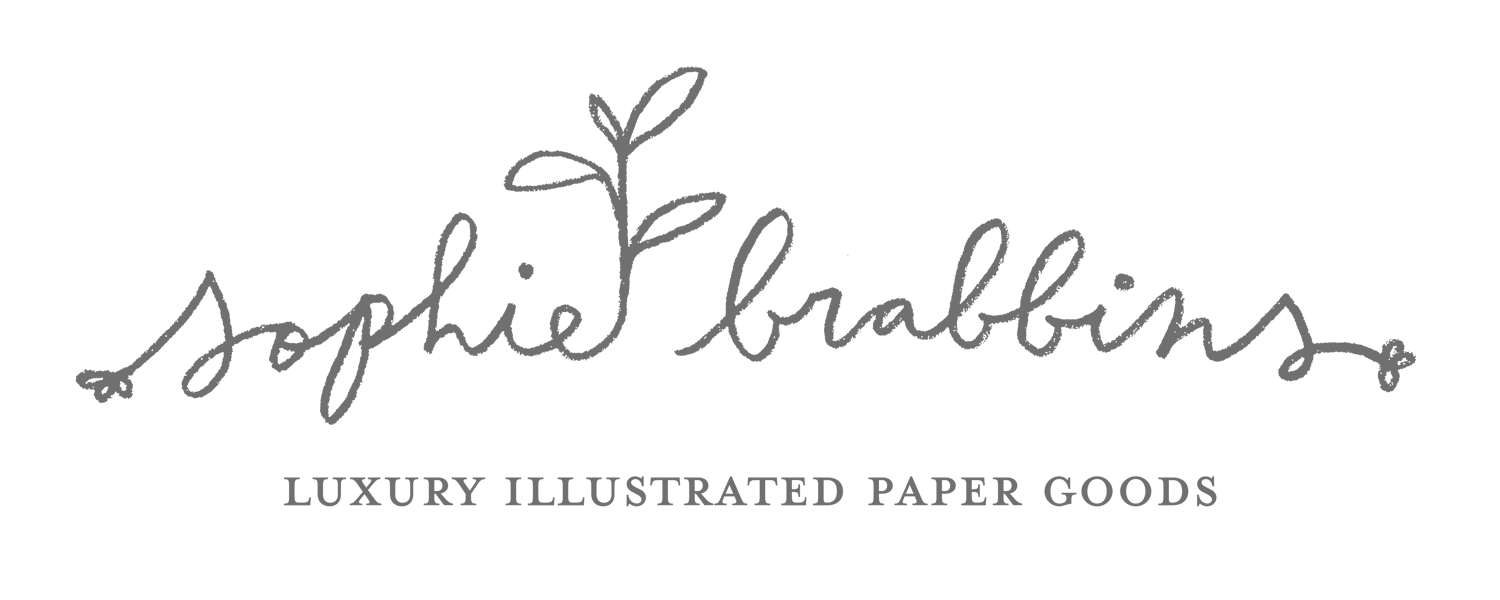Starting Out as an Illustrator (Part 2)
There’s so much I could talk about in regards to starting out as an illustrator. The first year of being freelance was such a learning curve. I certainly made plenty of mistakes but I think that’s still an important part of finding out what works for you and your business and what doesn’t and its important not to beat yourself up about trying something that didn’t work out as you hoped.
Which brings me to the most important thing I learned …
Being confident in your own work
It sounds easy right? Actually this is the one thing I think all illustrators and designers suffer with at some point. Especially when you can see so much talent on your Instagram feed its very easy to start doubting the work you are producing or compare yourself to others. I still have days where I feel like my work isn’t good enough or I see other designers working on an amazing project and feel a bit of design envy. But it’s really important to see the value in your own work and also take time to unplug from social media every now and again. Although I feel part of an amazing creative community through my social media and everyone is so lovely and supportive its essential to give yourself a break.
Building a client base
This is one of the questions I get asked most frequently and it’s also one of the hardest ones to answer. In my experience gaining clients isn’t as simple as sending out emails to companies you’d like to work with (although I did try this in beginning). Building your presence on social media is key – some really exciting projects I have had started from the client seeing my work on Pinterest, Instagram or even my profile on Linked In. Of course this in itself can be a slow process so I would definitely recommend always posting pictures of what you are working on and working on new designs even if these aren’t for a paid project. Self initiated projects can actually generate paid work because it demonstrates to prospective clients what you are capable of and also the kind of work you would like to be paid for.
Having multiple sources of income
Since freelancing can be a bit slow initially until you build up momentum it’s important to try and not rely completely on one source of income. This is one of the reasons I started an online shop – this can be a great way to add to your income and also I found it very rewarding seeing my designs made into physical products. It’s also another way to make friends and network within the creative community by exhibiting at events such as Etsy Made Local or Crafty Fox Markets. I did quite a few of these events when I first started. In fact some of the stall holders I exhibited alongside I still keep in touch with via social media. I am still building my product range although this has taken a back seat to my actual commission work over the last few years I am looking forward to exhibiting at my first Trade Fair this year and I look forward to being able to tell you more about the experience of that nearer the time.
Another great way to add to your income can be working with an agency who find you work or sell a portfolio of your designs for you. Although this can be a great way to start out building clients I feel like I must first warn you of some of the pitfalls of working with agencies. In my experience there are a couple of different ways in which they operate the first being an agreement where you produce a set amount of designs upfront on their themes (all unpaid) which they will then bring to events or clients to sell for you. Which can be great because your designs have a guaranteed audience but on the other hand you are often asked to produce quite a large amount of design work upfront without a guarantee of selling anything. They also take a percentage which can be more than 50% in some cases. Some agents may just take your existing portfolio of designs and license those out for you to their clients but again you have to be aware that they will take a percentage of each licensing agreement or sale. The third type of agent I have come across is one that displays a portfolio of your work through their website, clients then contact the agency for you to produce commissioned design work. One of the downfalls of this is that a lot of these agencies require you to sign contracts preventing you from working with clients directly meaning that any work you gain outside of that contract with your agent must still go through them and they are still entitled to claim a percentage. But of course if you are very successful through your agency then this isn’t such a problem.
As it goes there can be many ways to make your art profitable it is just a case of persevering and quite often trial and error …


